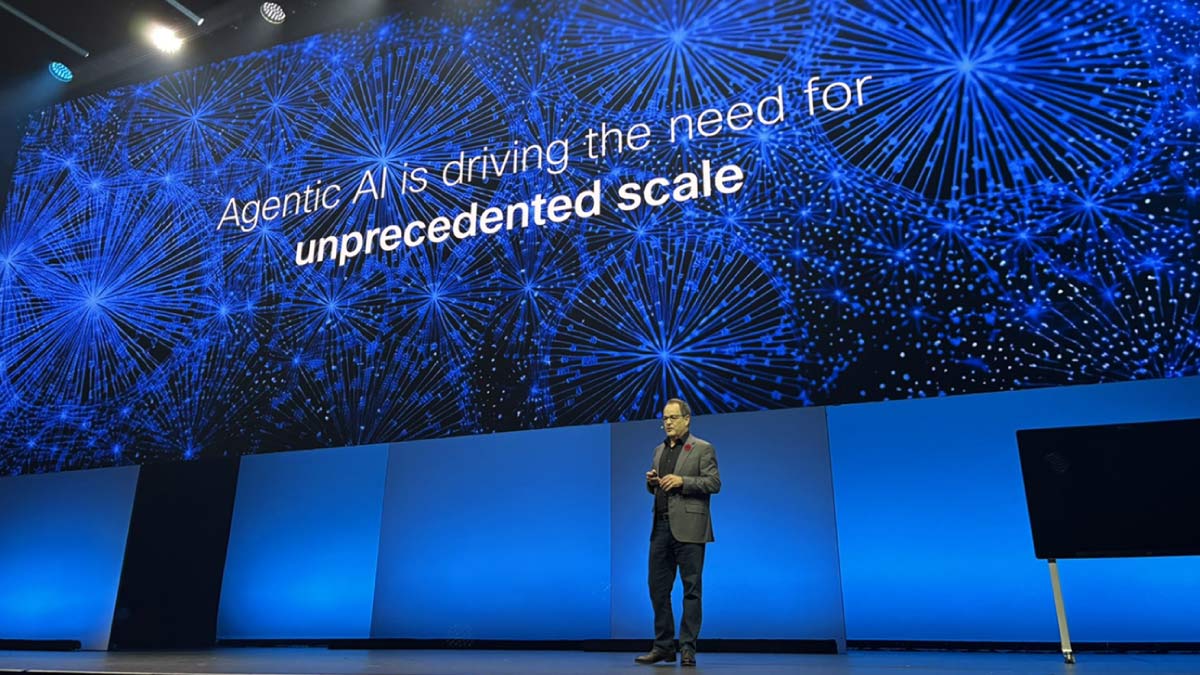“Alexa, what’s the weather outside?”
“Siri, what’s the capital of Bhutan?”
“Ok Google, will you play the new “All I Want For Christmas” song?
Phrases like these are run of the mill in homes and on the street, thanks to the rise of voice-recognition interfaces. At the end of 2017, a reported 40 million voice-first devices were sold. According to Google, the tech giant sold “more than one” of Google Home voice-enabled products every second between October and December 2017. To top that off, a study by the data and analytics firm GlobalData estimates that the number of automated voice assistants will hit 100 million by the end of this year – doubling to 200 million by 2020.
All of the requests made via voice-recognition devices are adding up in online search. Studies suggest 50 percent of all searches will be voice-based by 2020.
Screenless searching
Not only does all of this search growth indicate that people’s vocal chords will be catching up in activity with their thumbs, it means companies that want to stay on par with SEO need to adapt to screenless searching.
“The curve of consumer uptake of voice is phenomenal,” says Jennifer Heape, voice and conversation design expert, “With 10 percent of UK homes now owning a voice assistant and that number rising to 40 percent in the US, not only is voice not going away, it is gaining pace.”
She says this is where brands and retailers will need to assess what voice can offer them through this nascent medium.
See also: Who's calling—a bot or a human?
“What’s important, as a brand, is how to leverage voice recognition. Are you trying to create emotive, intimate connections to build deep brand connection? Is your content serving up service, tools and/or utility of use to your consumers? Or is there an opportunity to create a hyper-streamlined purchase tunnel? While these aren’t the only opportunities for brands to leverage voice, it does elucidate the need for a sound strategic approach before embarking on a voice project.”
From a strategic SEO perspective, Heape advises brands write ‘voice-first’, in a natural and conversational way that echoes how people interact with devices and pose questions. Brands should also consider what kind of questions people might ask, and respond in a way that clearly upholds the tone of voice and brand personality.
“This allows you to engage long tail search; essentially the most crucial element of any voice search strategy,” she explains.
Any context
Voice and search use on mobile phones is usually functional, as it includes activities like asking for directions. And while simple, task-based interactions dominate how voice is being used across the board at the present. In-home interactions through smart speakers offer the opportunity for a more immersive and interactive experience, with greater emphasis on entertainment.
And let’s not forget automobiles.
“The integration of voice in cars is not something entirely new, but definitely seeing a surge in sophistication and also accessibility, with more affordable brands such as Kia and Hyundai launching AI assistants in their vehicles in 2019,” says Heape. “The question of ‘when, where, and how’ through voice is only set to complexify.”
Predictive retailing
Heape sees predictive retail as being an interesting point on the horizon of voice search.
“Imagine your morning Flash Briefing from Alexa says it’s going to rain this afternoon, but you don’t have an umbrella,” she says, “Not to worry, she’ll send you one to the office ready to use for your afternoon out-of-office meeting using Amazon Prime.”
Could this be a potential new phrase at home and the office? If the demand for voice-recognition continues on its current trajectory, the answer is yes.
###
The contents or opinions in this feature are independent and may not necessarily represent the views of Cisco. They are offered in an effort to encourage continuing conversations on a broad range of innovative technology subjects. We welcome your comments and engagement.
We welcome the re-use, republication, and distribution of "The Network" content. Please credit us with the following information: Used with the permission of http://thenetwork.cisco.com/.




